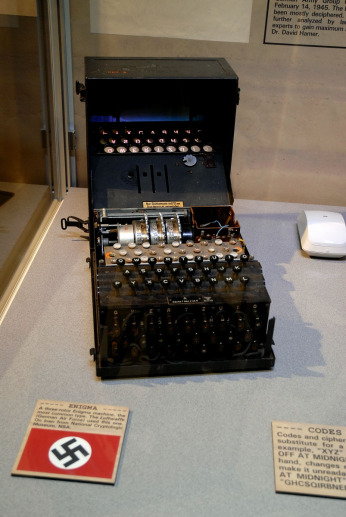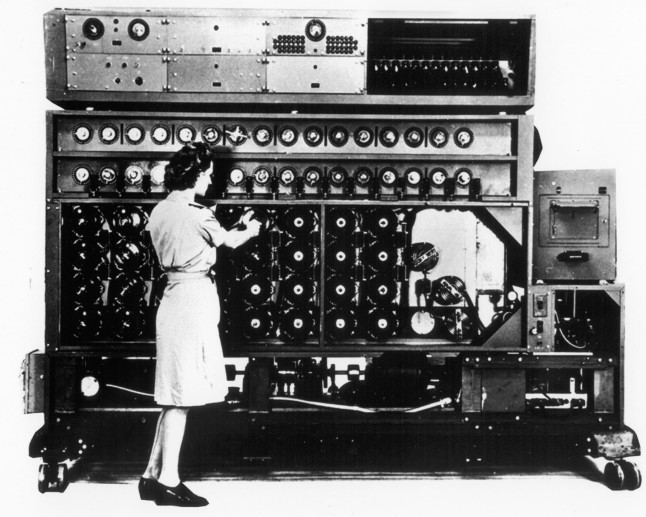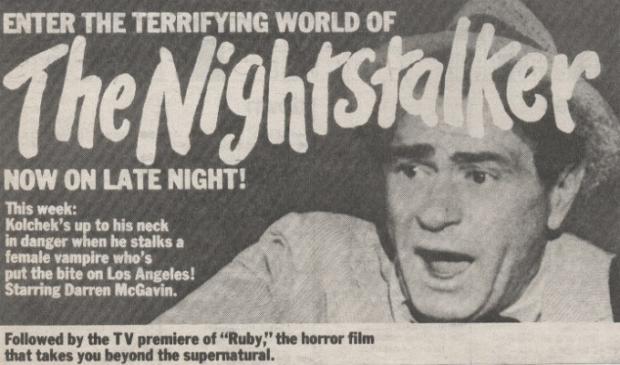There are so many aspects of WWII. The actual fighting was only one small part of it. There was manufacturing and auxiliary pilots (those that didn’t fly in the war, but ferried planes from point A to point B) and merchant ships. There were the millions of women who went to work, doing those things that men traditionally did and couldn’t. There were whole cities built to increase wartime industry. It’s been one of my goals to explore many—if not all—aspects of the war. Not long ago, I watched a movie starring Benedict Cumberbatch about Ultra, the Enigma code-breaking British machine, that played such a role during the war. With this in mind, I chose to read The Secret War: Spies, Ciphers, and Guerrillas, 1939-1945 by Max Hastings.
Overview:The Secret War explores the secret aspects of the war on both sides of the conflict. This secret war is separated into spies (HUMINT or human intelligence), cyphers (SIGINT or signals intelligence), and guerillas (partisans or underground resistance forces). Every major country in the war—United States, United Kingdom, Russia, Germany, and Japan—are included.
 Nazi Enigma machine: U.S. Air Force / National Museum of the Air Force
Nazi Enigma machine: U.S. Air Force / National Museum of the Air Force  Bombe, an Enigma-decryption machine: U.S. Air Force / National Museum of the Air Force
Bombe, an Enigma-decryption machine: U.S. Air Force / National Museum of the Air Force
Basically, each side has its spies, its secret codes, its resistance fighters. A big deal was made of Ultra, but it was by no means the only code-breaker in the war or even as consistent as history (or the movie) would have you believe. Britain had its famous Double-Cross spies, the Germans caught in the U.K. forced to relay false information to Germany. One Japanese diplomat had all his correspondence read by Allies, a valuable source of information into the Axis. Russia not only had spies in Germany, but in England and the United States as well. The United States were more heavy on cyphers and SIGINT than human intelligence, while England’s famed MI6 was all about the HUMINT.
Basically, the secret part of the war was a huge aspect and critically important. How important is another matter, something that nobody can really say. But it did play a role.
Thoughts:This book gave a lot of information. Almost too much, but it was a good overview of the spies and cyphers. You could potentially have volumes of books dedicated to the secret war.
The Characters. While this book wasn’t character driven—there were far too many for that—Max Hastings did focus on some of the major players like Alan Turing, the man who cracked the Enigma code and Virginia Hall, a spy for the pre-CIA (called OSS), but he didn’t give them more credit than the deserved. Which was nice, because it’s impossible to say how much one person really contributed; spy work is a conglomeration of human intelligence. Many, many people were part of both the victories and the failures.
The Storyline. Max Hastings divided the book into the three main parts, and then went through each country’s contribution to those secret war efforts. It was told as chronologically as possible. I think probably this method of telling the story was the best because it compared different spy tactics or cypher use from country to country, giving a good idea of strengths and weaknesses.
The Writing. I’m not going to lie, it was a hard book to get in to, probably because of the density of information.
Final Musings:I think what I liked the most about this book was Max Hastings conclusions about secret war, culture, and triumph. You see, he pointed out that those countries with rigid political systems and cultures—socialism and communism—didn’t succeed in part because their people were not raised to take the initiative, to exchange ideas, and to give honesty because the leaders wanted none of that. Stalin refused to believe Hitler would invade until he actually did it despite how many of his spies said otherwise. Hitler refused to believe that he was failing because he refused to acknowledge the intelligence coming in that said that exact same thing. It was the free societies and capitalist economies that produced the confident people and resources necessary to win both the secret and not-so-secret war.
Rating: 8/10 Advertisements Share this:




